Author: Rperalta
My daughter Angela and I went on a night stroll in our neighborhood, Colonia Hipodromo. It’s a middle-class community next to the racetrack (now the Cholos soccer stadium) and near to the border. Even with the pandemic, most shops on the main drag are open and with lots of people. When I was very young I would visit this street to eat tacos with my father after a day at the races, the taco stand is still there since 1970. The small stand was the only commercial place in what was a residential street. As in many of the neighborhoods in Tijuana, the commercial zoning was not part of the planning. As time went by some houses became restaurants and shops others were demolished to build pharmacies and markets. Today there is a push for high-rise apartment buildings in the area however the community is against them. I have started using the Sony RX100 VII a great pocket size camera with 4k Video.
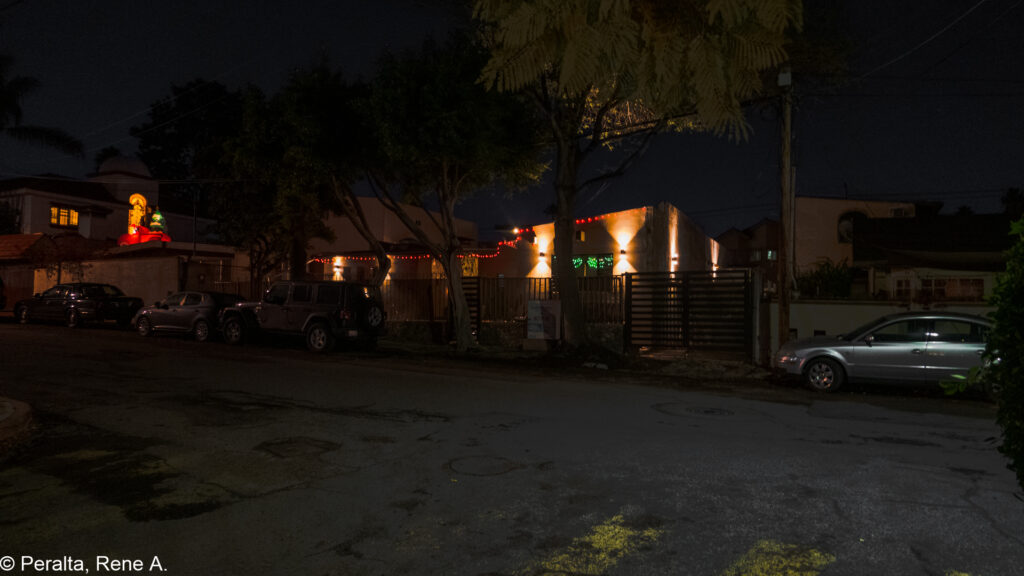

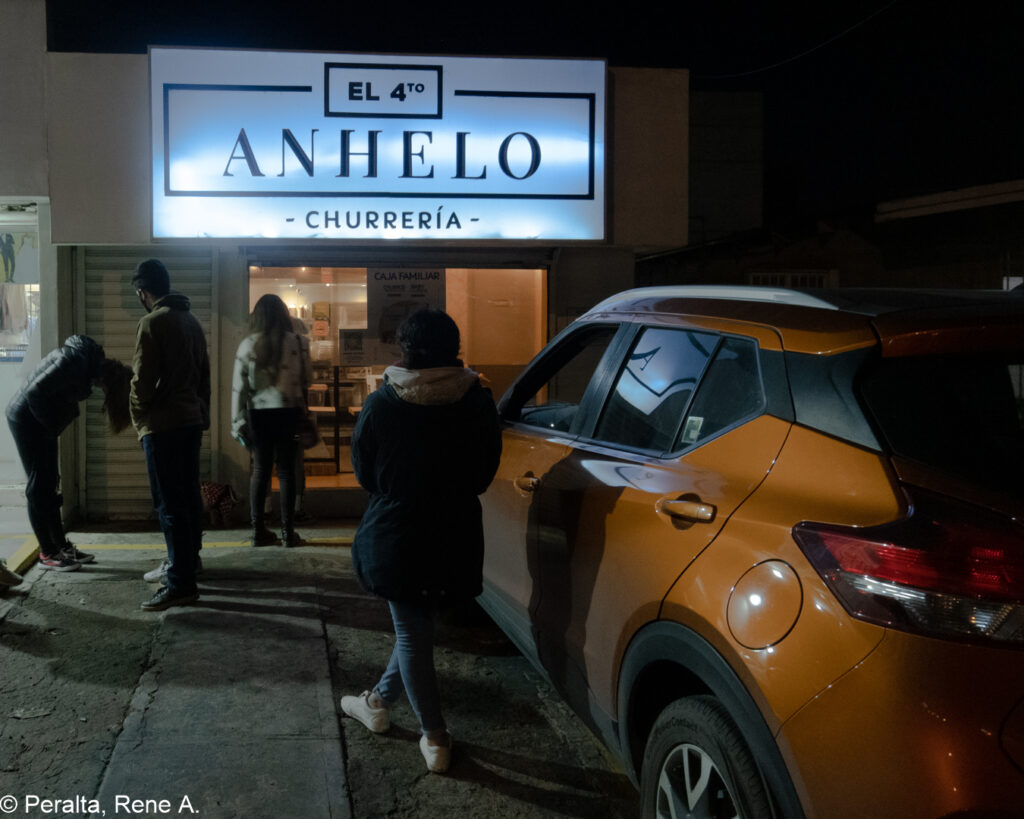












After five months at the University of Oklahoma in Norman, Oklahoma, I returned to Tijuana to spend the holiday with the family. I like to drive around the city, see changes, and what is going up regarding residential towers. I suspect that many projects have slowed their construction schedule, while others could not begin due to the Covid19 crisis.
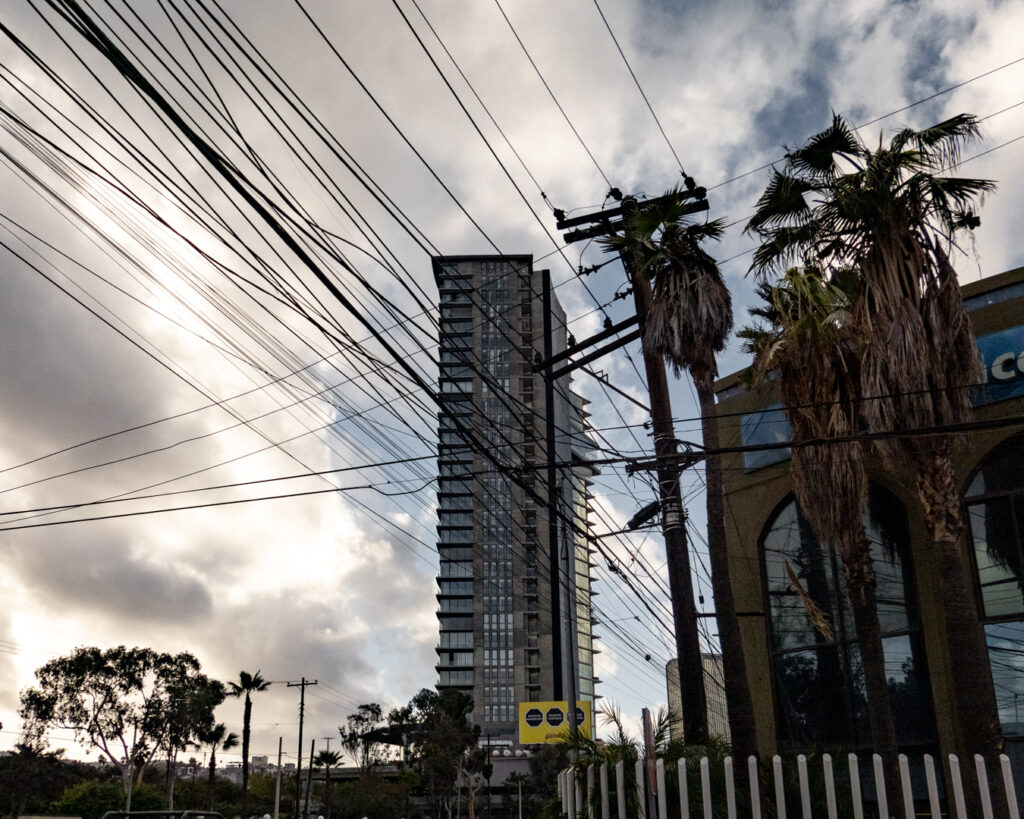



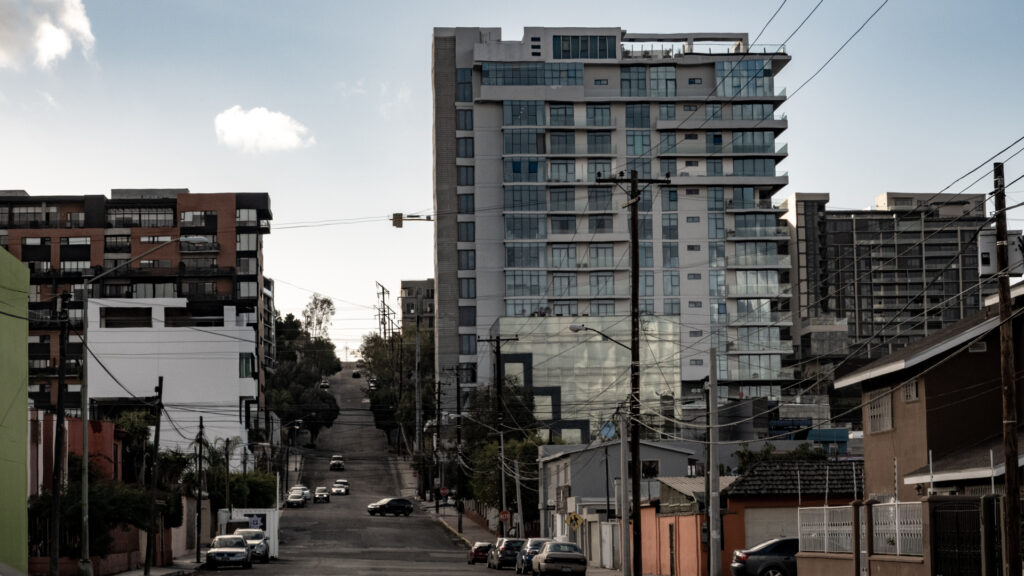
However, as I drive around, I can see new towers in the same “hot” zones near the city’s economic center and close to the US/MX port of entry. If you drive through the streets of Tijuana, you will see that the city has not slowed down. Vehicular traffic and pedestrians seem to be operating at pre-pandemic levels. Many restaurants and cafes are open for business, and especially the street food stalls seem to have not seized to operate during 2020.


With this reluctance of the population to stay home, as of December 2020, Tijuana has reported 2300 deaths due to Covid19 while San Diego county only reporting 1400. San Diego county surpasses Tijuana by 1 million residents and has an urban footprint almost three times large.

I have been giving it a thought to buy a 3d printer for my small office. The ideal situation would be to have the printer produce small components that we can use to build model houses based on a designed brick. Our work with Fundacion Esperanza has relied on their 30-year system using a non-mortar self-locking block to build Tijuana houses.

The organization uses these types of blocks because the houses are built with volunteer non-skilled hands. This technique allows building a house with the local community’s combined participation and volunteers from across the United States and other parts of the world.
The blocks are produced in a block-machine operated by the families and supervised by the foundation’s technical staff. Later the blocks are transported to the construction site where the volunteers snap them together, and walls are completed when every other open cell is poured with concrete.
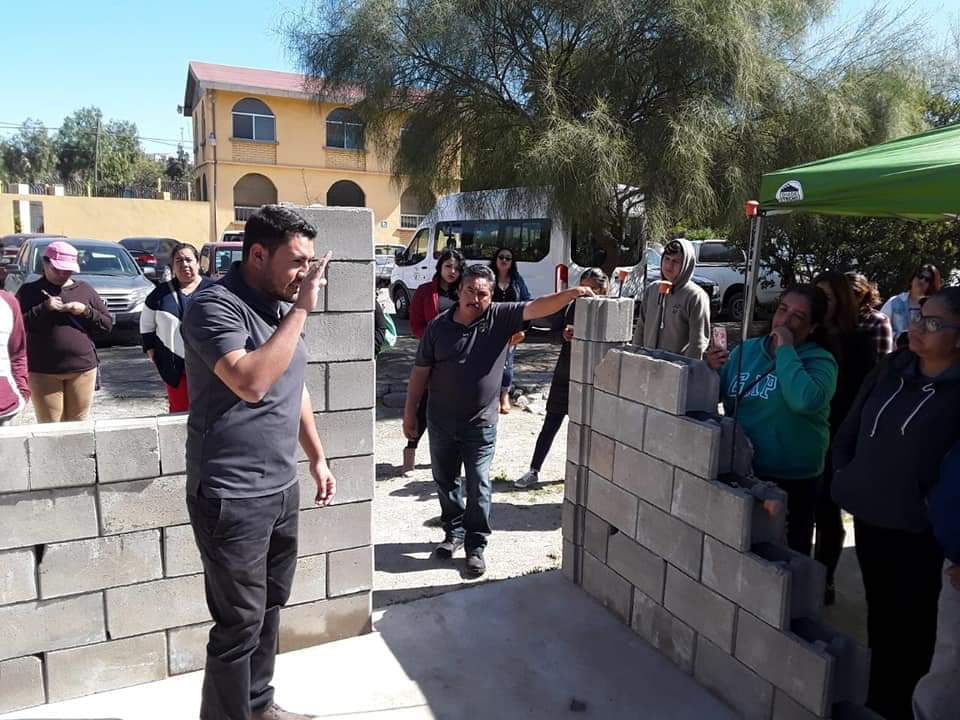
The 3d printed pieces can also be a didactical device to show the families and volunteers the building process. I am interested in two low-priced machines, one a filament printer ([Open Filament] da Vinci Jr Pro Wireless 3D) and the other that uses resin (EPAX E6 6″ Mono LCD Resin 3D Printer). We need to upgrade the construction process with new technology and materials that allow for a better structural and envrinmetal strategy.
Preparen sus propuestas

NEW “Call for submissions” for up coming issue of MONU #10 with the topic “Holy Urbanism”.
MONU – magazine on urbanism is a unique bi-annual international forum for artists, writers and designers that are working on topics of urban culture, development and politics. Each issue collects essays, projects and photographs from contributors from all over the world to a given topic. Thus MONU examines topics that are important to the future of our cities and urban regions from a variety of perspectives.
We invite uncompromising texts, untamed speculations, refined analysis, bold photography, and heroic projects on the topic “Holy Urbanism” for our next issue of MONU. Contributions or questions should be sent to [email protected] by the end of November 2008. MONU #10 will be published in the winter 2009.
Eventos y Festejos
Este Jueves 25 de Septiembre se celebra la apertura del nuevo edificio de la escuela de arquitectura de Woodbury University, en barrio logan. Habrá bebida, comida y música (Ballena de Jonás), el evento inicia a las 6 PM. Ahí los esperamos.
El 20 de Octubre estaré impartiendo una conferencia en la facultad de arquitectura de la Universidad Estatal de Carolina del Norte en Raleigh, North Carolina.
Del 2 al 4 de Noviembre estaré participando en un foro en la Universidad de Harvard, Centro David Rockefeller para Estudios Latinoamericanos.
Sinopsis del evento
Nov 4: Speakers: Heriberto Yepez and René Peralta. Moderator: Josh kun
Room S-030
For the last two decades, as “border crossing” became the sign of the new post-national, global era we were entering, and the United States-Mexico became its most celebrated area of studies, the border town of Tijuana became the brightest emblem of the advantages that “entering and leaving modernity” at will was all about. Suddenly, the seedy city of Tijuana became the coolest
place on earth, and a new myth of Tijuana emerged—myths which fantasized and idealized the city’s inherent postmodern character but paid little attention of the daily struggles of its citizens. In an unprecedented two-day conference, one of the leading music critics in the country and one of most important new voices of American Studies, Prof. Josh Kun (USC), together with two of the most important artists and practitioners of the city, poet Heriberto Yepez and architect Rene Peralta, will engage in a two session presentation of the latest “Tijuanologies” at hand and critical examination of them.
La segunda semana de Diciembre estaré en St.Louis Missouri formando parte del jurado de los proyectos de fin de cursos elaborados por alumnos de la maestría en arquitectura de Washington University. Los alumnos presentaran diseños arquitectónicos de 40 viviendas y un centro comunitario en Los Laureles, aquí en Tijuana.
PRELUDIO
Evento importante!!!!
habra enlace por internet con Jaime Lerner, ex alcalde de Curitiba, Brazil que
estara en Cd. Juarez, y el publico tendra la oportunidad de hacer preguntas.
en el post del doming 10 de febreo subi la presentacion de Lerner en TED Talks
para volver a ver click aqui
Podria ser un preludio a una conferencia que se diera en Woodbury Univesity y Tijuana muy pronto.
Architecture – The Reality TV Show
Felicidades a mi colega Stan Bertheaud -quien labora como maestro con un servidor en Woodbury University -por la producción del programa de television Architecture School que saldrá en Sundance Channel. El programa es un documental sobre el taller de diseño y construcción de la escuela de arquitectura en Tulane University. Los alumnos invierten un semestre proyectando y construyendo casas para los residentes de Nuevo Orleáns, que han regresado con la intención de re-habitar la zona que sufrió grandes inundaciones por el huracán Catrina. Stan, aparte de ser arquitectco también tiene una gran experiencia como productor y guionista de cine. El primer capitulo se puede bajar gratis en ITunes. Para mas info Clicket.















